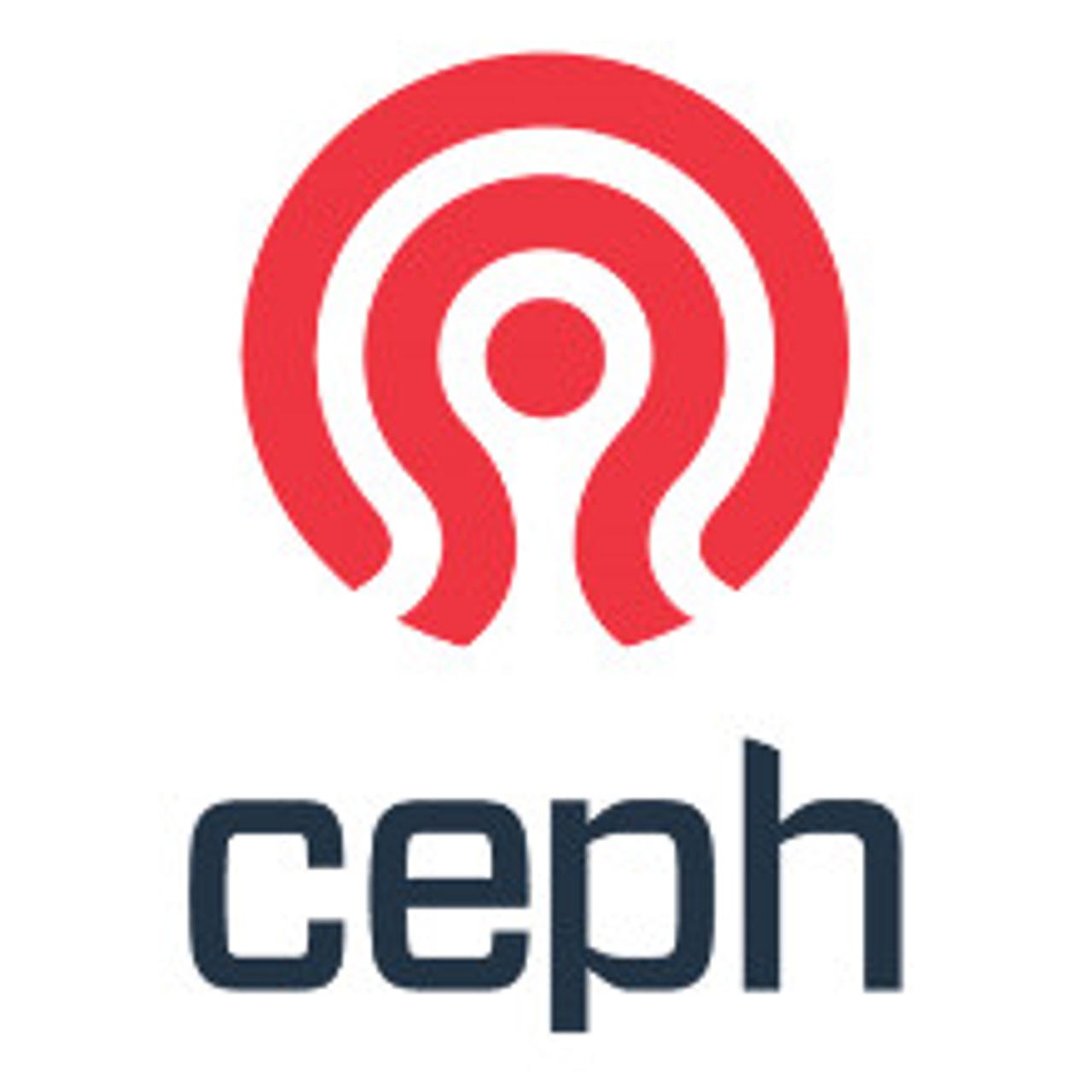Red Hat Ceph Storage 2 unveiled

Red Hat's Ceph is a popular software-defined object and file cloud storage stack. Now Red Hat is moving forward with its latest release: Red Hat Ceph Storage 2,

Ceph Logo
This product is based on the Ceph Jewel release. This edition comes with several new capabilities to enhance object storage workloads storage and promote greater ease of use. These include support for CephFS. This is a POSIX-compliant file-system that uses a Ceph Storage Cluster to store data,
In Red Hat Ceph Storage 2, CephFS is a tech preview. It can also be used with the OpenStack infrastructure-as-a-service (IaaS) cloud Manila shared file system service.
Ceph is important because it enables you to run software-defined storage to a petabyte and beyond on commercial off-the-shelf (COTS) hardware. With Ceph, you don't need to rely on a specific storage solution technology. Indeed you can mix and match storage from multiple vendors.
Red Hat Ceph Storage 2 also brings enhanced capabilities for enterprise object storage customers who are demanding scale, increased security, and strong compatibility with industry-standard Application Programming Interfaces (API)s.
New Red Hat Ceph Storage 2 object storage features include:
- New global object storage clusters, which provide a single namespace and data synchronization between clusters operating in multiple regions.
- Improved security via integration with authentication systems, including Active Directory, LDAP, and OpenStack Identity (Keystone) v3.
- Enhanced Amazon S3 and OpenStack Object Storage (Swift) compatibility, including support for AWS v4 Client Signatures, object versioning, bulk deletes, and more.
To make all this easier to manage, Red Hat Ceph Storage 2 also debuts Red Hat Storage Console 2. This is a storage management and monitoring system with a redesigned, streamlined user interface.
Red Hat claims that the new Red Hat Storage Console 2 simplifies both Ceph deployment and operational management. This means that you can reduce deployment time from days to hours. This works because the Storage Console uses the Ansible DevOps tools as its foundation.
Red Hat's storage partners are lining up behind this release.
special feature
Gary Lyng, Western Digital's senior director of DCS Marketing, claims that:
Sandisk has performed an expansive amount of performance characterization testing with Red Hat targeted for Red Hat Ceph Storage deployments that need higher IOPS. The latest testing of InfiniFlash System IF150 by Sandisk with Red Hat Ceph Storage has shown it can provide more than one million random read IOPS - opening up a whole new set of potential workloads for private cloud and scale out storage.
Jyeh Gan, Director of Dell Extreme Scale Infrastructure Product Management & Strategy, wrote:
Next week at Red Hat Summit in San Francisco, we'll be taking the wraps off our latest open-source storage solution featuring the DSS 7000 storage server and Red Hat Ceph Storage 2. We built the DSS 7000 to deliver maximum density and performance by packing ninety 3.5" drives into a single 4U chassis, available as either 1 or 2 addressable servers, delivering up to 720 TB of storage capacity using today's 8 TB drives. Coupled with Red Hat's latest release of Ceph, the DSS 7000 truly shines for high-capacity object and archival storage. Customers looking to enable scale-out clouds in their own datacenters can simplify the management of their Ceph environment via the new Ansible-based Red Hat Storage Console 2.
Sounds like the storage you need for your enterprise and cloud? Red Hat Ceph Storage 2 is scheduled for availability this summer.
Related Stories: